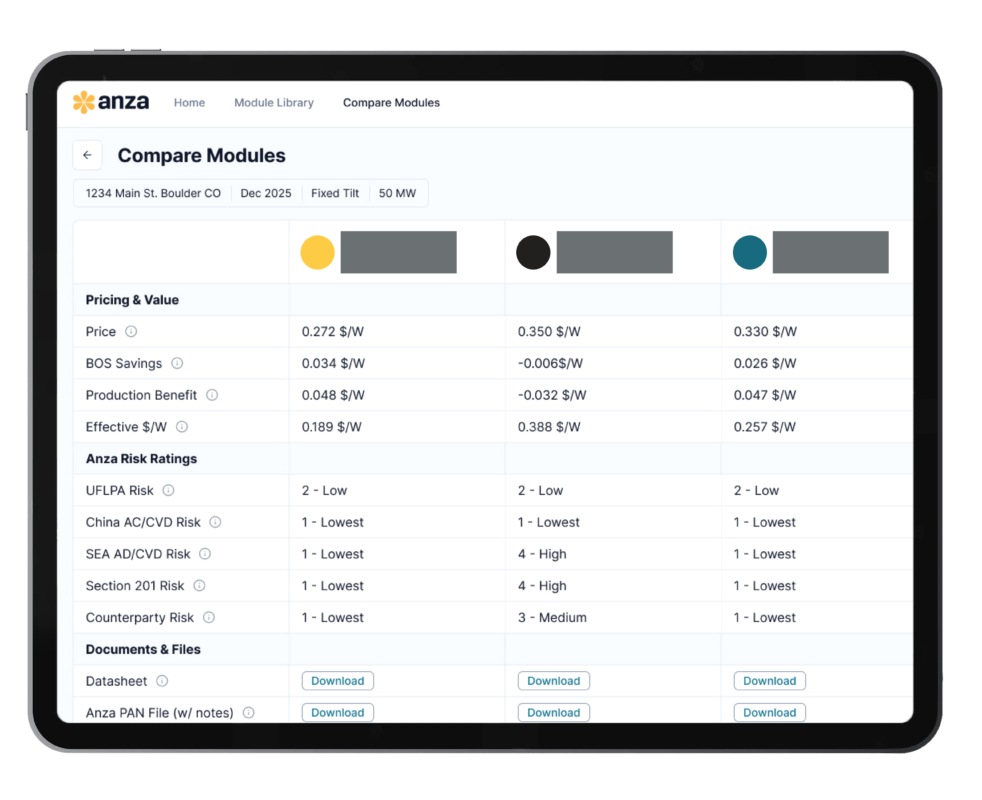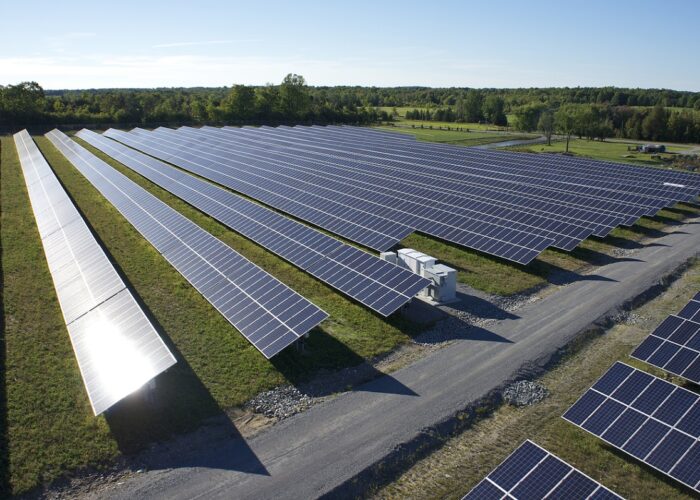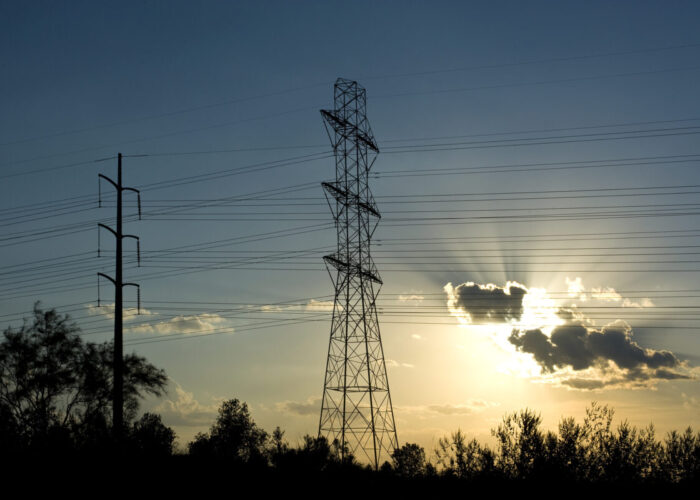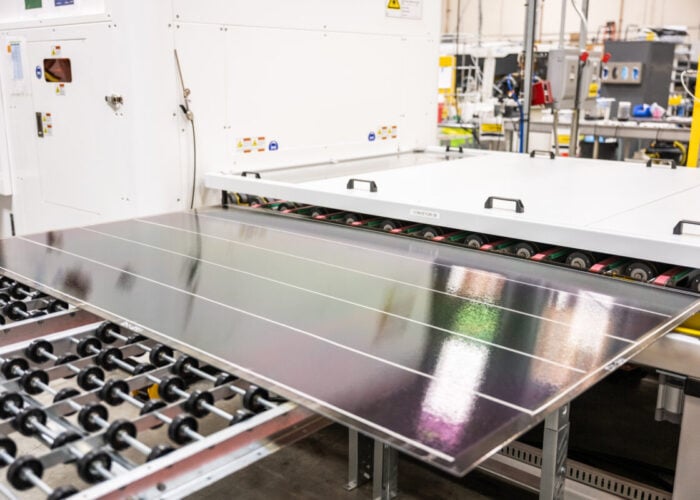
US solar and storage software company Anza has launched a new platform to provide industry decision-makers with real-time information on solar products.
The platform is a database of product prices and specifications and supply chain data covering around 95% of the US supply chain. Earlier this year, Anza figures showed how module prices in the US had fallen considerably amid the country’s uncertain regulatory environment, and negotiating fluctuating module prices in such an environment is a priority for the company’s new platform.
Unlock unlimited access for 12 whole months of distinctive global analysis
Photovoltaics International is now included.
- Regular insight and analysis of the industry’s biggest developments
- In-depth interviews with the industry’s leading figures
- Unlimited digital access to the PV Tech Power journal catalogue
- Unlimited digital access to the Photovoltaics International journal catalogue
- Access to more than 1,000 technical papers
- Discounts on Solar Media’s portfolio of events, in-person and virtual
Anza CEO Mike Hall said that offering pricing data to developers, independent power producers (IPPs), engineering, procurement and construction firms (EPCs), utilities and investors would speed up the decision-making process for those in the industry and could reduce operational inefficiency by connecting companies to products that closely meet their specifications.
“Developers and those in charge of solar procurement no longer have to make assumptions based on outdated market pricing or unreliable forecasts,” said Hall. “Instead, they gain access to the most robust and accurate pricing, comprehensive product information and detailed supply chain data—all in one place, whenever they need.”
Accelerating decision-making and improving operational efficiency, is a significant concern for the US solar sector. According to the Energy Information Administration (EIA), in 2023, solar developers delayed the commissioning of 19% of planned solar capacity, suggesting that the construction and commissioning of projects is overrunning in nearly one out of every five projects. While this is an improvement over the 23% of delayed capacity reported in 2022, such delays will have to be further minimised if the US is to maximise its solar output.
Hall cited the case of a “potential customer” who said they spend nearly 2,000 hours a year on manual pricing research, translating to over 160 hours a month. Removing, or at least minimising, the amount of time spend on such processes will only aid operational efficiency, Hall said.

‘Technology on top of the data’
Hall also told PV Tech this week that the database includes tools that allow users to make comparisons between products, further improving access to information.
“You can filter the products based on your project’s technical specifications, or your approved vendor list, or your particular risk criteria, and in a matter of seconds, you can go from the entire market down to the few products that are actually going to meet your needs,” Hall told PV Tech.
“We’ve built technology on top of the data that allows users to do comparisons that they really can’t do any other way; they can see the price, but when you’re evaluating solar modules, you’re not going to the optimal result if you just focus on price. It’s important to take into account energy production and differences in installation cost.”
This combination of factors feeds into Anza’s ‘Effective Dollars per Watt’ metric, a single figure given to each product to provide a snapshot of not just its price, but the potential return on investment to be expected from a solar module over its lifespan.
Improving data sharing
Hall also noted that one of the broader aims of the platform is to improve access to data across the solar industry, a move that relies on close relations between companies across the supply chain. While he stressed that confidential company information would not be shared over the platform, he noted that many firms had willingly provided information for the database, and in return usage data from operators can be shared with upstream developers.
“It’s much more efficient for buyers, it’s also more efficient for sellers,” Hall told PV Tech. “We had an IPP that we were talking to that had done a gigawatt-scale purchase; we showed them that there were US$40-50 million that they had left on the table because they hadn’t done sufficient analysis.
“That’s an extreme case, but we see all the time that the buyers’ side is making sub-optimal decisions, and sometimes that’s leaving hundreds of thousands, sometimes millions [of dollars on the table]; in extreme cases that’s leaving tens of millions of dollars [on the table], and it’s just because they don’t have this data and these tools.”
Hall also stressed that his personal experience in the industry—having worked in the solar sector for two decades—had helped forge some of the close connections necessary for such sharing of information.







